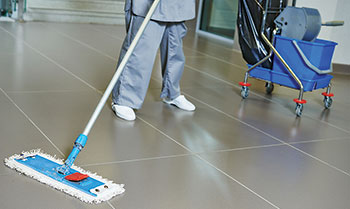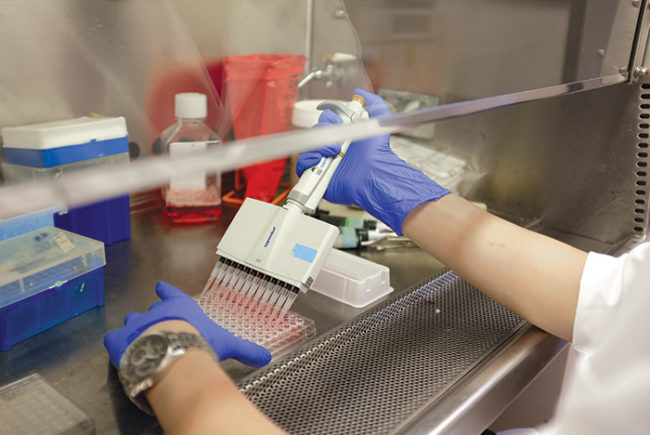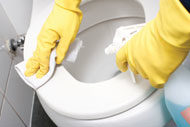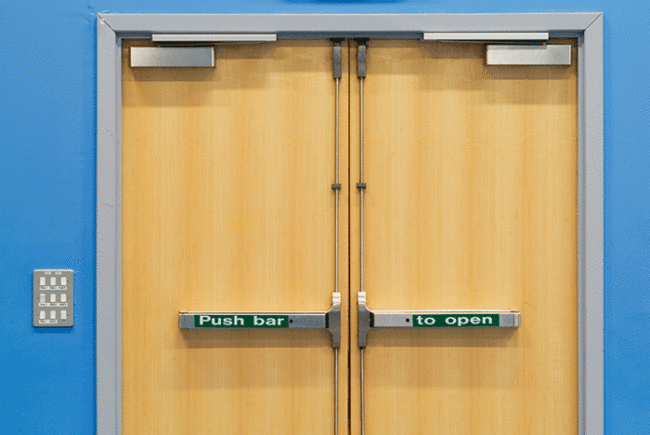 |
| A new study finds that previous research on environmental cleaning fails to focus on key outcomes. |
Despite an abundance of studies examining the impact of patient-room cleaning, disinfection and cleanliness monitoring on health care-associated infections (HAIs), one of the most important questions has never been answered: Which methods are best for preventing infections?
Researchers reviewed 80 studies published in medical literature between 1998 and 2014 on cleaning, disinfection and monitoring methods used in patient rooms, and concluded that there are serious gaps in evidence regarding the best ways to prevent HAIs such as Clostridium difficile, methicillin-resistant Staphylococcus aureus and vancomycin-resistant Enterococcus.
Jennifer Han, M.D., assistant professor of medicine and epidemiology, Perelman School of Medicine at the University of Pennsylvania, and co-lead author of the study recently published in the Annals of Internal Medicine, says future research needs to change its focus.
“Studies need to focus on patient-centered outcomes involving colonization or infection rates, outcomes that are meaningful to patients and providers as well as to health care systems,” Han says.
Ultimately, the refocused studies will provide answers to help determine the best methods for disinfection, monitoring and cleaning to help guide those involved in environmental services. She also recommends that large randomized, controlled studies be conducted that directly compare one disinfection or monitoring method against another, yet another shortcoming in previous research.
Better research ultimately can lead to determining the most effective ways to clean, disinfect and monitor patient care areas, she says. “We need better studies to help guide the most impactful and effective methods of preventing HAIs in our patients as they relate to environmental cleaning.”
The review of studies may help to shed light on the importance of environmental cleaning, tasks performed by staff who often are unappreciated and whose work is sometimes underestimated, she says.
“People think of it as housekeeping, but it’s a complex process that requires application of the disinfection, physical cleaning and monitoring,” Han says. “These are people involved in patient care, not just cleaning.”





